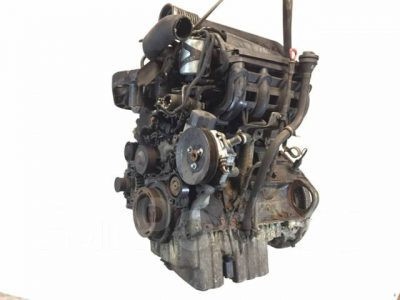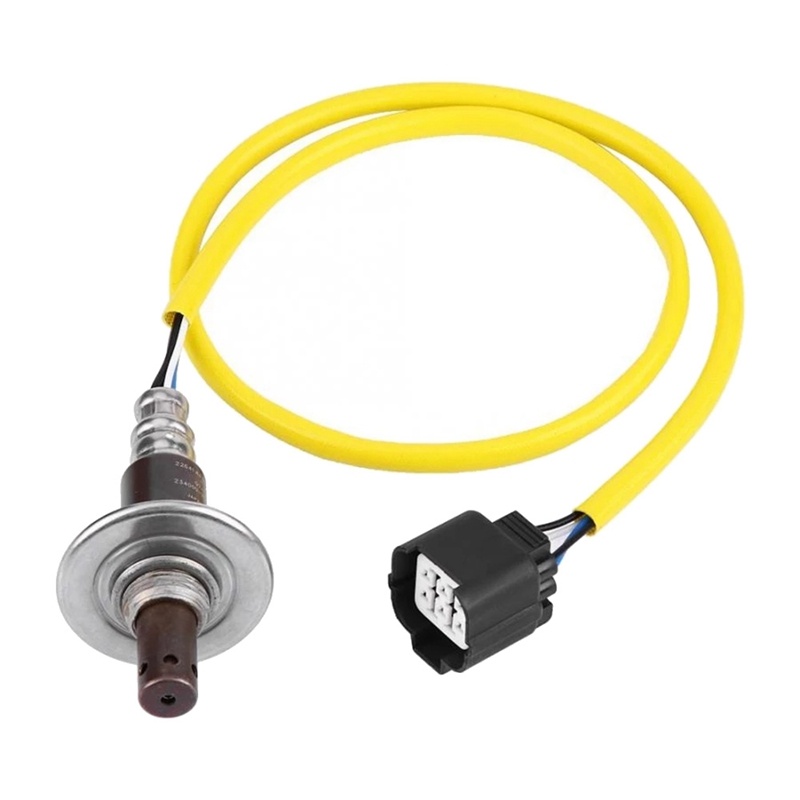
Mercedes Vito engine replacement
Content

Mercedes Vito W638 debuted in 1996. The assembly of minibuses has been established in Spain. The Vito is based on the Volkswagen T4 Transporter platform. The body was designed by German designer Michael Mauer. Why did the van get the Vito badge? The name comes from the Spanish city of Victoria, where it was produced.
Two years after the start of sales, the minibus was updated. In addition to the new Common Rail Injection (CDI) diesel engines, there were also minor styling changes. For example, orange direction indicators have given way to transparent ones. The first generation Vito was produced until 2003, when its successor entered the market.
Engines
Petrol:
R4 2.0 (129 HP) - 200, 113;
R4 2.3 (143 HP) - 230, 114;
VR6 2.8 (174 hp) - 280.
Diesel:
R4 2.2 (82, 102-122 hp) - 108 CDI, 200 CDI, 110 CDI, 220 CDI, 112 CDI;
R4 2.3 (79-98 hp) — 180 D, 230 TD, 110 D.
It's true that gasoline engines are much less of a problem than diesel engines, but they consume a lot of fuel. Those who use Vito as a commercial vehicle prefer diesel engines. Unfortunately, diesel engines have great difficulty coping with the acceleration of a car, even the most powerful one.
https://www.youtube.com/watch?v=Z3JHrvHA5Fs
There were two diesel units to choose from. They all have an almost eternal timing chain drive. Which of the units has proven itself in the process of operation? The stranger turned out to be a 2,3-liter turbodiesel. He has problems with the injection system: the injection pump fails. There are also cases of premature breakage of the alternator and pump drive belt, and even wear of the gasket under the head.
The 2,2-liter unit, despite the more complex design, is much more reliable and cheaper. Although there are problems in the injection system. Glow plugs fail quite quickly, usually due to a burnt relay.
Technical features
Regardless of the version of the Mercedes Vito W638, it is always front-wheel drive. Richer versions were sometimes fitted with air bellows on the rear axle. Safety? The car did not participate in EuroNCAP crash tests. But since most of the copies are already heavily affected by corrosion, it is unlikely that a used Mercedes Vito can guarantee a high level of safety.
There are many good things to say about the chassis. The minibus behaves almost like a passenger car.
Typical faults
During production, the machine was called in for service twice. The first was in 1998 due to problems with Continental and Semperit tires. The second - in 2000 to fix problems with the brake booster.
Vito's worst pain point is corrosion. This is a poor body defense. Rust appears literally everywhere. The first spotlights are usually located in the lower corners of the doors, hood and tailgate. Before deciding on one or another instance, you need to carefully examine the thresholds, the floor and, if possible, look under the door seal.
If there are no signs of rust on the body, it has probably been repaired. In most cases, this work is done in a hurry just to make the car look good at the time of sale. Be alert!
There are also electrical problems. On diesel versions, the glow plug relay jumps. The starter, alternator, radiator fan, power windows and central locking often fail. The thermostat is another part that will soon have to be replaced. From time to time the air conditioning system and the heater “show character.
Before buying, be sure to check the operation of the side sliding doors, which stick when the rails are damaged. Owners complain about the very poor quality of interior plastic - while driving, it makes unpleasant sounds.
Sometimes gearbox cables and cardan shafts fail. The 4-speed "automatic" does not cause problems, subject to the operating recommendations for changing the oil. The steering mechanism of the Vito is not very strong: play appears rather quickly.
Conclusion
Mercedes Vito is an interesting and functional minibus at an affordable price. Unfortunately, low cost does not mean cheap operation. The prices for some products are very high. Fortunately, there are fairly inexpensive substitutes on the market. However, this does not apply to all nodes and assemblies. If you come across a heavily rusted copy, it may not be profitable to repair it.
Technical data Mercedes-Benz Vito W638 (1996-2003)
| Version | 108D | 110TD | 108 CDI | 110CDI | 112 KDI |
| Мотор | diesel | turbodiesel | turbodiesel | turbodiesel | turbodiesel |
| Workload | 2299 sm3 | 2299 sm3 | 2151 sm3 | 2151 sm3 | 2151 sm3 |
| Number of cylinders / valves | P4/8 | P4/8 | P4/16 | P4/16 | P4/16 |
| Maximum power | 79 HP | 98 HP | 82 HP | 102 HP | 122 HP |
| Maximum torque | 152 nm | 230nm | 200nm | 250nm | 300nm |
| Dynamic | |||||
| full speed | 148 km / h | 156 km / h | 150 km / h | 155 km / h | 164 km / h |
| Acceleration 0-100km/h | 20,6 sec | 17,5 sec | n / a | 18,2 sec | 14,9 sec |
| Average fuel consumption, l / 100 km | 8,8 | 9.2 | 7,0 | 8,0 | 8,0 |
Corrosion in detail
wheel arches
Thresholds.
Doors.
Backdoor.
Rear sliding door.
Malfunctions in detail
If the Vito is frequently used to transport heavy loads, the air springs may need to be replaced after only 50 km.
Driveshaft bearings are not considered durable.
Gear oil leaks are chronic.
The brake discs are relatively short, too small for a heavy van.

